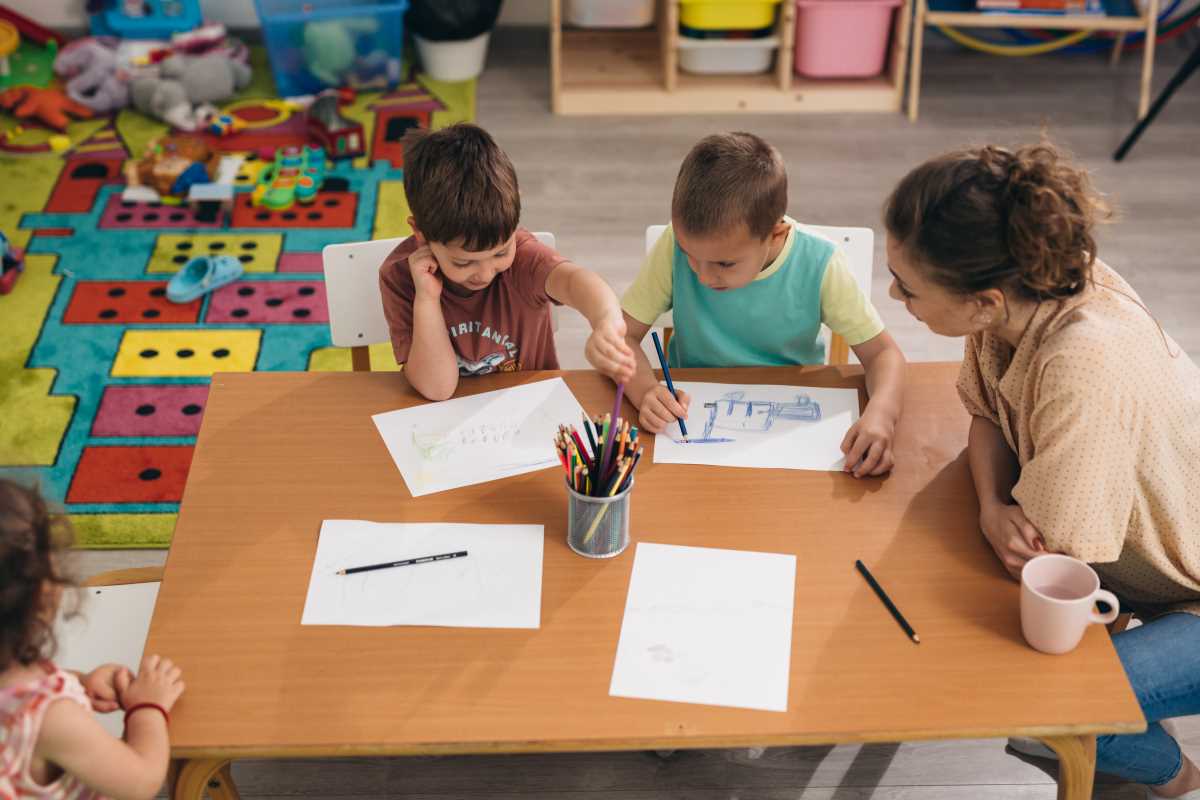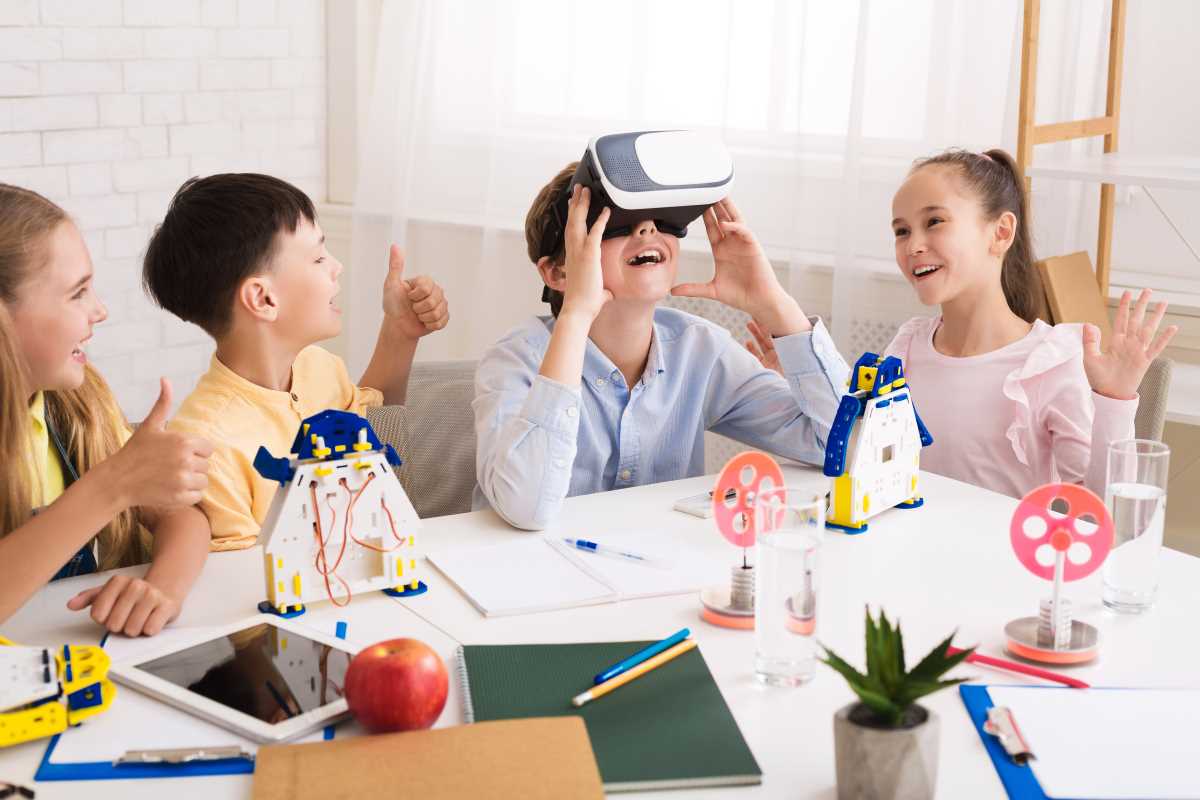Some students shine when speaking up in class, quickly answering questions with confidence, yet find it challenging to pick up on gestures, facial expressions, or unspoken signals from their peers. This mismatch between verbal strengths and difficulties with nonverbal communication often points to unique learning differences that deserve attention. This article offers straightforward advice and useful examples to support learners who experience these challenges. Through practical ideas and relatable stories, you’ll discover simple ways to make a positive difference in their daily classroom experience, all presented in an approachable style that feels like a relaxed conversation.
While every learner brings unique strengths, the ones with nonverbal learning differences often excel in vocabulary and grammar yet stumble over visual puzzles or group work dynamics. By focusing on customized supports, you can help them bridge that gap. Keep reading to discover fresh ideas you can try right away.
Understanding Nonverbal Learning Disabilities
Nonverbal learning differences show up in challenges interpreting facial expressions, judging distance, or drawing inferences from social situations. These learners might ace spelling tests but freeze when asked to copy a diagram or interpret a peer’s tone. You’ll notice they rely on words but miss the picture.
Brain imaging studies highlight that their verbal centers fire up naturally while regions handling visuospatial tasks need extra help. Schools often overlook this pattern, labeling a student as “awkward” or “quiet.” Recognizing the specific signs paves the way for targeted support that really clicks.
Core Challenges Faced by Learners
Picture a student named Maya who reads a story aloud flawlessly yet stumbles on a class map exercise. She gets frustrated when she can’t line up objects neatly or follow a visual schedule at home. Framing these struggles as skill gaps—not motivation issues—changes the game.
Social situations can feel like a minefield. Taking turns in conversation, sensing when someone jokes, or staying on topic all depend on nonverbal cues. Once you notice patterns—like interruptions or literal interpretations—you can tailor interventions that help kids feel less lost in group settings.
7 Innovative Strategies to Support Learners
By mixing simple routines with unexpected tweaks, you build a toolkit that fits how these students learn best. Check out these tried-and-true ideas for your classroom or home.
- Visual Step-by-Step Guides: Craft checklists with images and brief captions for tasks such as science experiments or math procedures. Break each step down clearly so kids can follow without guessing.
- Social Scripts and Role-Play: Write short dialogues or comic-strip scenarios that map out greetings, requests, or conflict resolution. Act them out in pairs to practice tone and body language.
- Tactile Learning Centers: Set up stations with objects students can manipulate—geometric solids, textured cutouts, or pattern blocks. Hands-on play helps build spatial reasoning.
- Peer-Buddy Systems: Pair learners with empathetic classmates who model nonverbal skills. Rotate buddies so each student gains fresh perspective and support across subjects.
- Explicit Drawing Activities: Replace abstract tasks with guided drawing prompts. Ask students to sketch vocabulary words, timeline events, or story settings to reinforce comprehension.
- Scheduled Movement Breaks: Offer short, structured breaks with balance boards or wall charts that guide stretches. Physical activity reconnects mind and body and sharpens focus.
- Innovative Strategies for Feedback: Provide annotated worksheets highlighting successes and offer precise tweaks. Use color-coding to flag areas that need more practice versus those already mastered.
Notice how each tip aims to play to verbal strengths while strengthening visual and social skills. That balance helps learners feel capable instead of overwhelmed.
Integrating Innovative Strategies into Daily Practice
Consistency matters. Implementing a new method once won’t make it stick. Choose one or two techniques to incorporate into your daily routines so that both you and the learner find them natural.
Gather feedback regularly to determine what works well and what feels like extra effort. Students can tell you which visuals resonate or which scripts feel awkward. Adjust on the fly for quicker progress.
- Choose Your Focus: Begin with either social scripts or visual checklists, depending on the student’s biggest challenge.
- Set Clear Timelines: Plan to review progress after two weeks and decide whether to continue, tweak, or replace the technique.
- Engage the Team: Share updates with parents, aides, and any speech or occupational therapists involved. Ask for examples of successes or concerns.
- Collect Samples: Keep student work samples to visually track improvement. Compare early sketches or checklists with later versions.
- Celebrate Small Wins: Recognize when a learner follows a script smoothly, completes a diagram, or participates in a group discussion with fewer prompts.
Measuring Progress and Adjusting Approaches
Avoid relying solely on intuition. Set simple metrics like “number of social scripts used without prompts” or “accuracy on step-by-step guides.” Tracking these weekly reveals genuine growth.
Include self-assessment. Let learners rate how confident they feel after each activity. Over time, compare their self-ratings with your observations. That conversation deepens their awareness and provides new insights.
Expect shifts over time. What worked last month may need adjustments now. Drop or modify methods that feel stale. Staying flexible helps support remain effective and engaging.
Supporting students with nonverbal learning differences requires simple modifications that emphasize their verbal skills and support weaker areas. With attentive feedback, you can help these learners succeed and build confidence.







